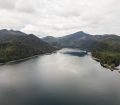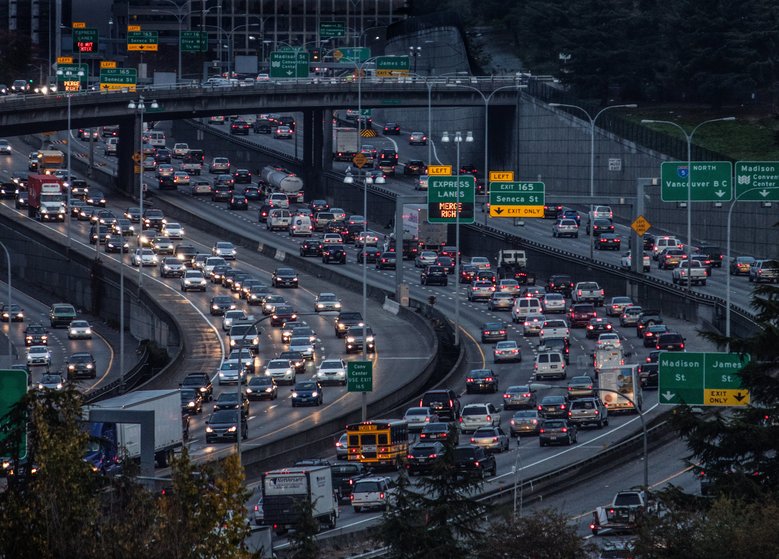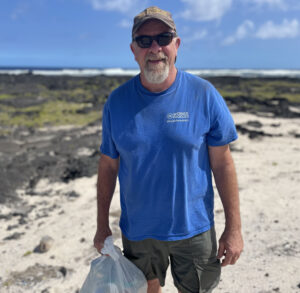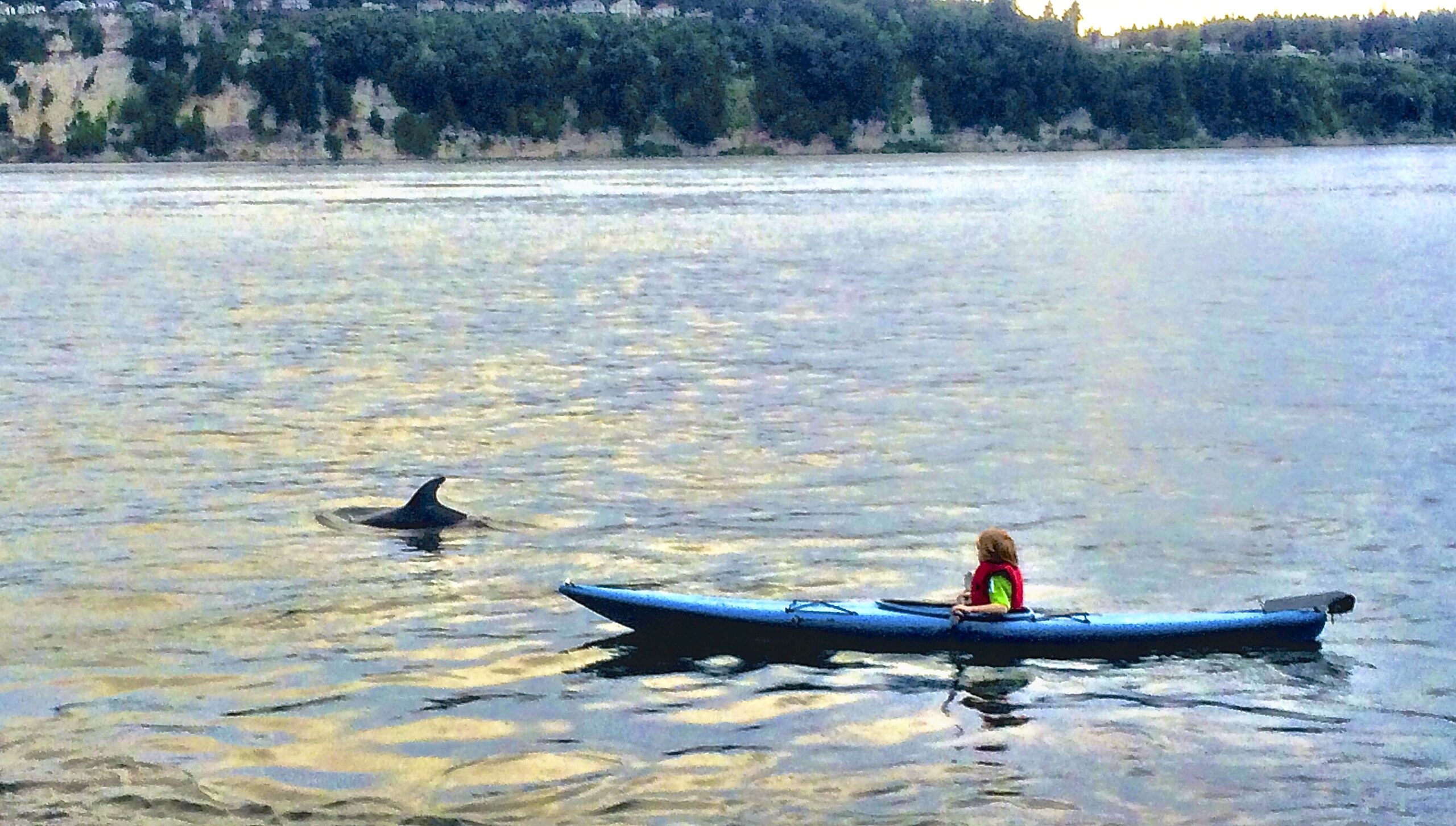It’s not news that the Puget Sound region is experiencing a population boom. New residents come pouring in from all over, small towns have become cities and housing developments have sprouted over every hill and dale. The new arrivals often comment about the gloomy skies and their passive-aggressive neighbors while the locals complain about rampant growth and the way the transplants drive. It’s not as bad as it used to be perhaps, but it’s still there.
There’s been an accompanying point of view that holds that these newcomers won’t be as interested as the others in protecting and preserving the natural beauty and the unique environments found here in the Salish Sea region. Essentially, that the locals are more invested in their home than people who have recently arrived from some other part of the country (or some other country, entirely). It turns out that it’s not that simple.
There’s a new study out in the journal Geographical Review that offers a different take on the issue. Whether a person has lived here for his or her entire life, or has recently moved to the area, what matters is how strong, for each of them, is the attachment to place. How do they see themselves within their environment and how much, if at all, do they internalize their experiences within their surroundings?
To quote from the abstract, “Place attachment is considered a bond or connection between people and place, notably, but not exclusively, the natural environment. A strong or positive place attachment creates a sense of rootedness, belonging, or an intense feeling of being at home.”
How’s your place attachment doing these days?











